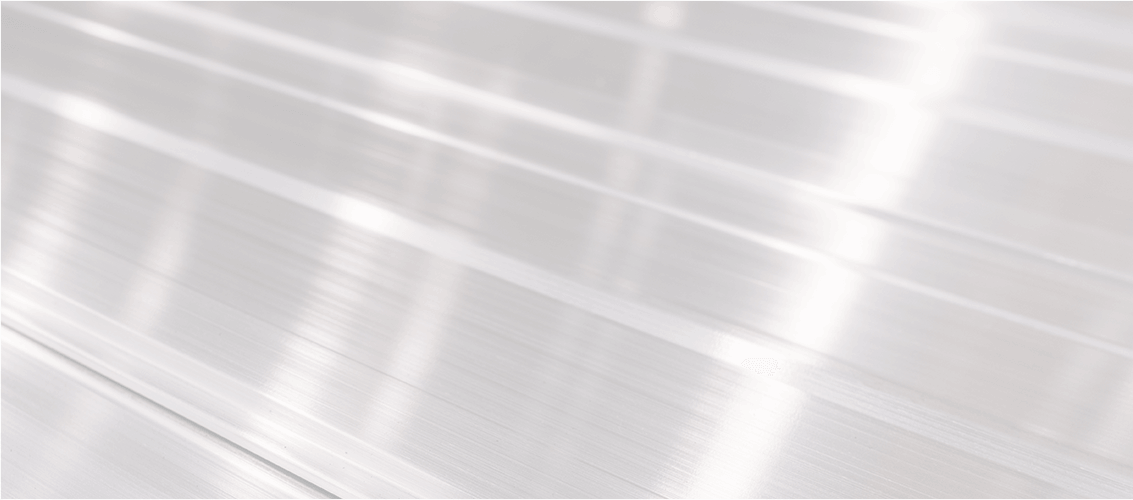
As the metalworking industry continues to evolve, the demand for precision and efficiency in fabrication processes is at an all-time high. Among the various operations integral to this field, hole enlargement stands out as a critical procedure. This article will delve into the heart of three fundamental hole enlargement techniques: reaming, boring, and trepanning.
The Importance of Hole Enlargement
Hole enlargement, in the context of metalworking, involves increasing the diameter of existing holes in workpieces. These operations need to meet strict dimensional tolerances and provide excellent surface finish, which greatly impact the final performance and lifespan of components. This procedure is necessary across a wide spectrum of industries, including automotive, aerospace, and heavy machinery.
Reaming: For Precision and Smooth Finishes
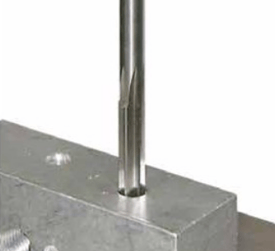 Reaming is a finishing process used to improve the accuracy and surface finish of pre-drilled holes. This is typically done using a multi-fluted, tapered tool called a reamer, which spins and feeds into the workpiece. It's a slow but precise process that removes a minimal amount of material—usually just a few hundredths of an inch.
Reaming is a finishing process used to improve the accuracy and surface finish of pre-drilled holes. This is typically done using a multi-fluted, tapered tool called a reamer, which spins and feeds into the workpiece. It's a slow but precise process that removes a minimal amount of material—usually just a few hundredths of an inch.
There are two types of reaming: straight and tapered. Straight reaming utilizes a straight reamer and is used when the hole needs to be the same diameter throughout, while tapered reaming utilizes a tapered reamer and is used when the hole needs to be wider at one end.
Reaming should not be used to significantly enlarge a hole; the initial hole should already be close to the final size. The process requires a relatively slow spindle speed compared to drilling. Too high a speed can cause excessive tool wear and tear and may result in a sub-par finish. This makes reaming a slower process compared to other methods, but it provides a superior surface finish and exact size.
Tapered reaming is mostly used in taper pin assembly and construction. It also be used to enlarge a rough hole. When reaming a hole .030” is the largest amount you can ream, .002” would be the least you would want to leave to ream. If you are machining a close tolerance hole, use cutting oil to hold a tight tolerance. If you use a water-based coolant it will machine a larger diameter. This is due to controlling the heat expansion. The oil cools the reamer to keep it from expanding as much. The water does not expel the heat as well as the oil, creating a larger diameter hole.
Boring: For Larger and Deeper Holes
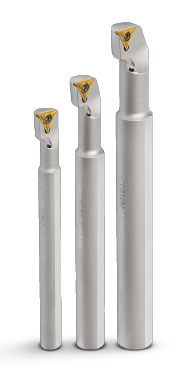 Whereas reaming is typically used for smaller, precision holes, boring is a technique for enlarging holes to a greater diameter and depth. Utilizing tools including boring bars and boring inserts, this process involves a single-point cutting tool or a head containing several cutting tools that gradually scrape off layers of metal to increase the hole size.
Whereas reaming is typically used for smaller, precision holes, boring is a technique for enlarging holes to a greater diameter and depth. Utilizing tools including boring bars and boring inserts, this process involves a single-point cutting tool or a head containing several cutting tools that gradually scrape off layers of metal to increase the hole size.
Boring, unlike reaming, can significantly increase the diameter of a hole. It is a versatile process and can be used for a wide variety of hole shapes and sizes. On lathes, the workpiece rotates and the bar is held in the turret or tool post. On milling machines, the boring head holds the bar and rotates in the spindle while the material is clamped down.
Boring can be a simple or complex operation, depending on the hole's requirements. For a straightforward, cylindrical hole, a single-point tool, is often sufficient. For more complex shapes, a multi-point tool might be required. Advanced boring operations can create features like tapers and contours within the hole.
Boring can also be used for face turning operations, where the end of the workpiece is machined to create a flat surface or a contour. This versatility makes boring a valuable technique in the metalworking industry. Boring can be done with both lathes and mills.
For a broader overview of boring head capacities, you can also refer to our guide on Understanding Boring Head Capacities In Precision Machining.
Trepanning: For Large Diameter, Shallow Holes
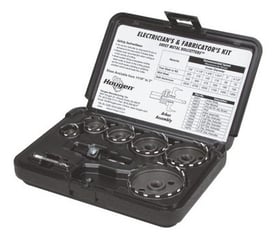 Trepanning, the third hole enlargement technique, involves cutting out a disc of material to create a hole, leaving a solid core in the center. This method is often employed when making large diameter but shallow holes. Trepanning can be executed faster than boring large holes and results in less material waste, which can be particularly beneficial when working with expensive or rare metals.
Trepanning, the third hole enlargement technique, involves cutting out a disc of material to create a hole, leaving a solid core in the center. This method is often employed when making large diameter but shallow holes. Trepanning can be executed faster than boring large holes and results in less material waste, which can be particularly beneficial when working with expensive or rare metals.
Trepanning is a specialized hole-making process where a large diameter, shallow hole is cut into workpieces, leaving a core of material in the center. This core can then be used for other purposes, which makes trepanning a resource-efficient process, especially when working with expensive materials.
Trepanning is typically used in applications where large diameter holes are required but boring would take too long or consume too much material. Common uses for trepanning include creating holes for large bolts or dowels, creating lightening holes in aerospace components, or creating openings in pressure vessels.
While an annular cutter or trepanning tools can create large holes quickly and with minimal waste, it often leaves a rough interior surface, requiring subsequent machining operations such as boring or reaming to achieve the final size and finish.
SUMMARY
Reaming, boring, and trepanning each have their distinct advantages, and understanding their principles and applications is crucial in the metalworking industry. By selecting the most suitable method for each job, fabricators can increase efficiency, reduce waste, and ensure the highest quality in their finished products.
By staying abreast of these techniques and understanding their nuances, the metalworking industry can continue to drive innovation and remain a crucial cog in the global manufacturing landscape.Trepanning is no longer widely performed, replaced by laser and water jets. This is a faster way of removing material. Also, CNC mills can use an end mill to enlarge a hole to eliminate boring with circle interpolation. Contact our expert tech team for assistance with your hole enlargement applications.
Want to learn more?
We believe the Right Tool Is Everything™, and we strive to share our experience and expertise in an effort to ensure you select the right tool for your application, follow best practices, and can push your productivity further.
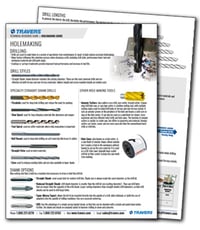 Download our Holemaking Guide by clicking below. By downloading, you'll learn about:
Download our Holemaking Guide by clicking below. By downloading, you'll learn about:
- Drill style, length and shank options and when to use them
- Choosing the right drill for your material with our drill selection chart
- Drill performance levels
- The benefits of coolant-fed drills
- Reamer types & when to use them
- Speed & feed recommendations for reamers
- Troubleshooting counterboring applications, and more!
